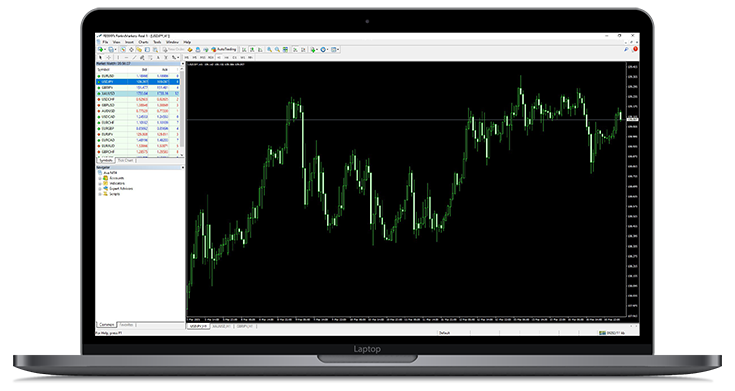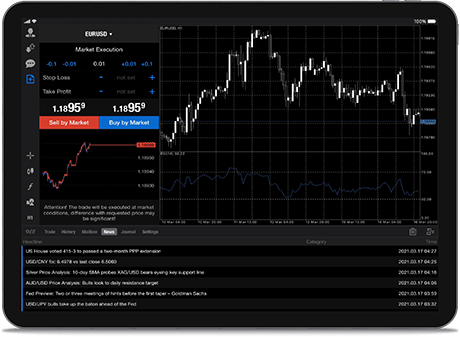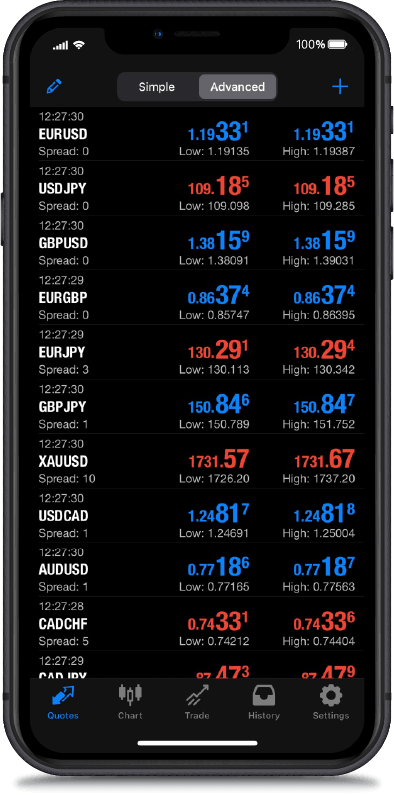Every four years or so, the cryptocurrency market experiences an eye-watering increase in prices, with each new peak dwarfing the preceding cycle. Bitcoin first breached $1,000 back in 2013. Four years later, in 2017, prices hit $20,000. In 2021, Bitcoin would go on to reach $69,000. This year, prices have ventured far beyond the six-figure mark, boasting $126,000 on some exchanges. Price action aside, each cycle brought new ideas and technology to the table, resulting in novel tools and memorable talking points. Pioneering developments have gradually pushed the industry forward, which has inarguably come a long way since 2009, but after all these years, it is time for some answers. Crypto cannot limit itself to a marketplace of tokens and coins. What comes next? What does crypto have to offer the world? What is the end game?
Stage one: public awareness (2013)
In the very early days of crypto, Bitcoin was a very niche hobby. The project was embraced by nerds, schizophrenics, libertarians, and later on by narcotics enthusiasts on the silk road marketplace. An unlikely alliance, but one strong enough to nurture Bitcoin through infancy, and to do so in relative secrecy. Bitcoin did not attract mainstream attention until its price tag forced it into the spotlight, by which time the headlines wrote themselves. Easy to sneer at a few dollars; harder to dismiss hundreds; impossible to ignore $1,000 per coin. Beyond the price itself, there was not much to talk about. The technology itself had been set in stone from the genesis block, and while development continued, the general selling point did not change. After hitting four figures, Bitcoin would enter its first real bear market. The following cycle would be very different.
Stage two: Ethereum and the ICO craze (2017)
Up until 2017, Bitcoin represented 95% of the total crypto market cap. There was very little going on at the time. Other cryptocurrencies had surfaced over the years, but few had any lasting impact, and fewer still had any genuine utility. Ethereum, first launched in 2015, changed the landscape forever in that regard. The wave of development sparked by the first major smart contract platform caused a massive dent in Bitcoin’s market dominance, one from which it would never recover.
For the first time, developers could launch projects without having to code their own blockchain. It was trivial to do so. The Ethereum blockchain become host to a vast number of smart contracts, all competing for network usage, and contributing to the rapid appreciation of the ETH token. The ERC-20 standard ensured smart contracts, wallets and exchanges all spoke the same language, fostering an ecosystem that promoted rapid technological expansion.
Inevitably, such growth attracted an equal measure of greed. The sector was booming, reminiscent of the dot-com bubble at the turn of the millennium. It was so easy to make money by spinning up a half-baked idea and selling it to the masses. Many parties did exactly that. Initial coin offerings, or ICOs, became the go-to funding method. From the developer perspective, launching an ICO was a rock-solid way of securing funding. In exchange, investors were rewarded with the project’s token. From mid-2017 onwards, ICOs were all that mattered. Thousands were launched. New tokens flooded the market on a daily basis. The underlying technology barely mattered. Participate in the ICO, get the tokens, ride the wave, sell for 1000% profit, on to the next launch. It was a different time.
Some of these projects persist to this day, but the vast majority were forgotten as quickly as they surfaced, long since abandoned to the cryptographic dustbin. Rightfully so. Some of the ICOs floating around during this period were such brazen scams it’s a miracle the SEC didn’t shut down the entire industry. Supply chain solutions for fruits and vegetables, literal Ponzi schemes, vanity projects to build floating casinos, imaginary dev teams comprised of stock photos, blatant lies about partnerships, fake giveaways... It was an absolute joke. Sure enough, by early 2018, the entire market deservingly went up in flames after Bitcoin topped out the month prior. It was time for a period of reflection.
Stage three: DeFi, meme coins and NFTs (2021)
Over the next couple of years, a number of development teams put their collective heads down and got busy. Once again, the bear market separated the wheat from the chaff and something actually useful emerged from the wreckage. Suddenly, decentralised finance, or DeFi, was the only thing people were talking about. Decentralised exchanges, synthetic assets, liquidity providing, yield farming, lending and borrowing, decentralised insurance… The list goes on. Useful, pragmatic tools were being created. Crypto could be used for something useful again. In 2020, “DeFi summer” successfully reanimated crypto’s lifeless corpse and brought genuine innovation and excitement back into the industry.
Alas, this is crypto. The path described above is far too idealistic. Sensible heads prevailed only too briefly, and soon enough reckless degeneracy flourished anew. Time for idiotic memes, dog coins and poorly drawn cartoon characters. The ICO phase may have been a little flimsy on the technical side, but most projects at least pretended to bring something new to the table. The 2021 hype cycle dropped such pretences altogether.
After years of dormancy, Doge exploded back on to the scene out of nowhere. From less than a cent in early 2021, the famous Japanese dog climbed all the way to $0.70 by May. A number of other animal-themed coins quickly got in on the action. Shiba Inu was the next in line, followed by slew of other dog coins, followed by meme after meme trying to extract as much money out of the crypto markets as possible. Who could forget DogeBonk? The token featuring a dog wielding a baseball bat? What about PregnantButt? Who could possibly have seen that rug pull coming?
Attention spans are not what they used to be. People quickly got bored of dog coins, moving on to the next distraction: Non-Fungible Tokens. It is easy to forget, several years later, just how big NFTs were back in the summer of 2021. Cryptopunks and the bored ape yacht club started things off, with whales clamouring to spend literally millions of dollars on mediocre pixel art, but soon enough every celebrity desperate enough for attention was hopping on board the NFT train.
The trend proved to be equally short-lived. The next few years would absolutely destroy NFT valuations. Among some collections, prices fell 90% within a year; 99% within two. Celebrities and traders alike would get absolutely destroyed by the catastrophic collapse in prices. Nothing of value was lost.
Stage four: confusion (2025)
The past two cycles had very memorable narratives associated with them. What about this year? What have been the main drivers so far this cycle? If nothing immediately springs to mind, then you are not alone. One might offer crypto ETFs, but the first of these dates back to 2021 – old news in the grand scheme of things. Institutional strategic reserves is a more recent turn of phrase, but not exactly headline magic. RWAs, or the tokenisation of real-world assets, sometimes features in various conversations, but sparingly at best. Even $TRUMP, the US president’s official meme coin, quickly faded out of public consciousness following launch, as reflected in its price.
The point is that, barring a few exceptions, the past cycle has felt very dull compared to 2017 and 2021. Ask any crypto veteran and they will freely admit that the 2025 market has felt completely lifeless relative to previous periods. Bitcoin has seen multiple record highs this year, but then again, what market has not? Every major stock index in the world would have been a reasonable investment, to say nothing of the eye-watering rallies in gold and silver. And while the price action in Bitcoin has been a little on the soft side, the altcoin market has performed atrociously so far this year.
Crypto cycles have historically mapped pretty well onto the wider US business cycle, illustrated by manufacturing PMI data. The problem is that the most recent business cycle has extended far beyond its typical length. If the business cycle can lengthen, so too can the crypto cycle. As mentioned above, cryptocurrency markets are not currently exhibiting their typical late-cycle exuberance. Who knows? A lot can happen in a month.
The future of crypto
At this point it is worth reflecting on the overarching evolution of cryptocurrencies as a whole. What is the goal here? Bitcoin absolutely started with pure intentions in mind, and was later followed in the same vein by various infrastructure-oriented projects, but the fact is that for much of its history, the crypto sphere has been tainted by scams, conmen, immaturity and outright idiocy. It has had over 15 years to prove itself. Where are the results?
These days, Bitcoin is barely more than an investment vehicle for exchange-traded funds. A household name to capture institutional investment and retirement fund flows. It is so heavily tied to the greater macro environment that a poor NFP release can affect crypto prices. The whims of BlackRock and Vanguard are far more impactful than anything relating to the underlying tech. Influencers cheer on every successful ETF launch. Price is all that matters. This is obviously not what Satoshi Nakamoto had in mind. The cypherpunks had their chance. The idealistic atmosphere of the early days has all but vanished. The crypto revolution has utterly failed.
The altcoin market has likewise become nothing more than a wealth extraction mechanism. Fundamentals do not matter. They never have. A glance at the top 25 coins on Coinmarketcap is proof enough. This creates a problem. Advertising a collection of ghost chains and meme coins as the pinnacle of what an industry has to offer inevitably scares away new investment. Each project becomes a walled garden, lacking any significant liquidity or outside interest. Moreover, the amount of capital lost to collapsing platforms and incompetent hedge funds has driven many investors away for good. Painting with broad strokes, the crypto industry is a joke.
It is not all doom and gloom. In many ways, the current situation in crypto feels eerily similar to the 2019-2020 bear market. Under the surface, away from the hype and the headlines, there is a lot of work being done. Development grinds on. Ever more complex financial infrastructure comes to light. Far removed from the diligent dev teams, an equally important piece of the puzzle is also seeing significant progress: regulation. So much has been achieved on the regulation front in the past year. This is an element that has long held back the crypto industry, but the barriers are finally being broken down, one by one. The Federal Reserve hosts regular meetings with people deeply embedded within the crypto sphere. Conversely, people from traditional finance can now been seen on speakers lists at a number of crypto conferences. Banks, and the organisations that maintain the messaging infrastructure they rely on, are building the next layer of global connectivity. In more concrete terms, the GENIUS Act was a major step towards the widespread use of stablecoins. The CLARITY Act, whenever it may pass, will characterise non-stablecoin digital assets as commodities, granting cryptocurrencies some much-needed legal leniency. There are many more steps to come. The progress is not contained to the US either, as the United Kingdom, Japan, Hong Kong and Singapore all appear willing to embrace novel financial technologies.
Crypto needs to make a choice: continue down the same shady path, or elevate itself to a position of leadership and strive for something greater. The internet is not merely a collection of domain names, swapping hands for ridiculous sums of money. In the same way, crypto needs to be more than a token market. The traditional financial world is screaming out for more efficient capital markets. The streamlined infrastructure offered by certain elements of the crypto industry could be just the ticket. Forget the price for a minute, crypto needs to sort itself out and ruthlessly purge the worthless, opportunistic elements that have sullied the industry in recent years. Time for the big boys to take over.











